The iconic trumpeter Dizzy Gillespie is best remembered as a jazz pioneer. But somewhere in his 50+ year career, he also lent his talents to a trippy animated parable made for an activist think tank. For “Voyage to Next,” he voiced the part of Father Time (alongside Mother Earth, played by Maureen Stapleton) and scored the soundtrack. Everything about this screams “the ’70s” and is, not incidentally, wonderful. A summary:
With Maureen Stapleton and Dizzy Gillespie as Mother Earth and Father Time, the characters wonder whether or not the human race will survive. As the humans float by, Mother Earth explains the nature of their relationships—they share everything, from their food, their energy, and their thoughts. “But what if somebody withholds?” Father Time wonders, “Do they have some sort of tribunal?” Optimistically, Mother Earth explains that there is no tribunal; rather, each day is a choice of what to do, and she believes the humans will make the right choices.
But as they watch the humans destroy the environment and stock up on arms, it’s revealed that Father Time already knows what will happen. Humans have already stopped sharing; they have built these boxes—nationalistic boxes—to protect themselves. From what? Father Time wonders, perhaps from themselves? As Father Time and Mother Earth implore each other to help the humans before they destroy everything, they realize that there is nothing they can do—humans have to change their ways and need to take responsibility for their own actions, if they expect to survive. Yet, even as they realize the potential for humans to create a better world the actors worried that they won’t change in time.
This film was made in 1973 by the World Policy Institute (then called the Institute for World Order) by animator and directors John and Faith Hubley. It’s actually the third such project from the Hubleys and Gillespie. In 1964, also under the auspices of the Institute, they called attention to disarmament with “The Hat” (part one, part two), where Diz and actor Dudley Moore play out the parable of two soldiers fighting over a hat. Their first collaboration, 1962’s “The Hole,” won an Academy Award.
It might be pointed out that Gillespie had a history at the frontlines of activism; for instance, in 1964, the year “The Hat” came out, he actually made a run for U.S. President which started as a publicity stunt and became a civil rights campaign. In any event, he certainly was a natural voice actor.
Copyright 2015 NPR. To see more, visit http://www.npr.org/.


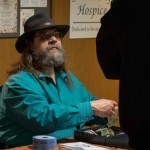
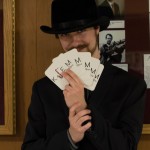
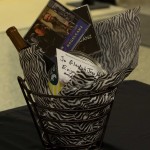
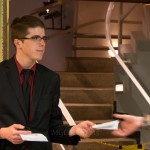
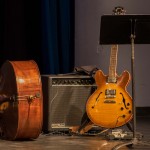
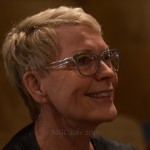
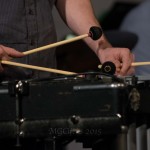
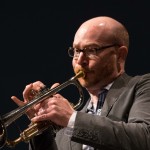
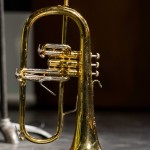
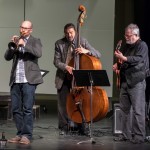
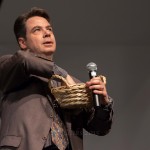
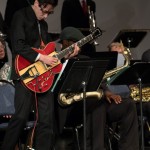

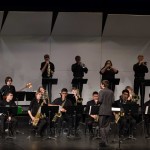
9(MDAyOTk4OTc0MDEyNzcxNDIzMTZjM2E3Zg004))



